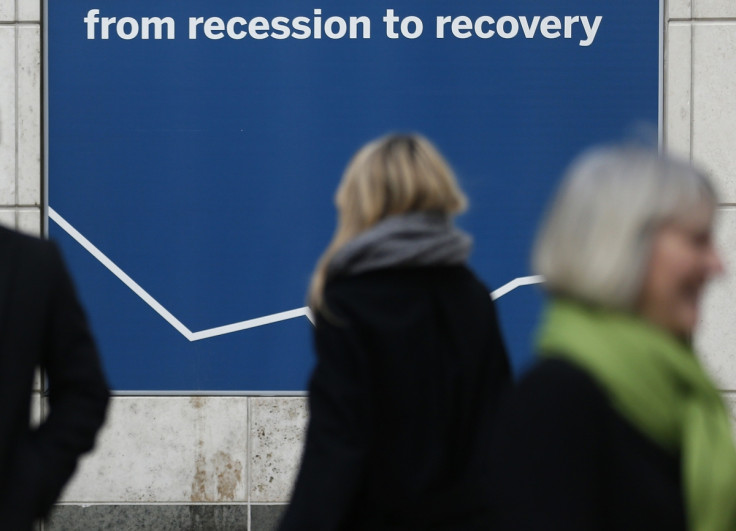OECD Admits Errors on Eurozone Growth Forecasts

The Organisation for Economic Co-operation and Development has admitted that its forecasting overlooked the risks fragile banks had on economic growth during the past few years.
According to a study from the Paris based organisation, the tendency to overestimate the impact of austerity on economic growth and downplay the risks of weak banks was a regrettable blind spot.
"We made a mistake [with our forecasts] ... but not because we got the multipliers wrong," said Pier Carlo Padoan, the OECD's chief economist. "It's because we ignored the role of financial markets."
Padoan admitted that the forecasting errors contributed to the OECD's lack of appreciation about how deep the eurozone sovereign debt crisis was when it started in 2010.
"The repeated deepening of the euro area sovereign debt crisis took us by surprise, because of the stronger-than-expected feedback between banking and sovereign weaknesses, and this influenced our over-estimation of projected growth during the early stages of the recovery," he said.
To correct the organisation's previous mistakes and improve its forecasting, Padoan said the OECD had taken steps to improve short-term forecasting models that weighed risks of fragile banks against economic growth.
One lesson from the OECD's mistakes in forecasting for the years ahead was "the repeated assumption that the euro crisis would dissipate over time, and that sovereign bond yield differentials would narrow, that turned out to have been the most important source of error," said Padoan.
The OECD's admissions could provide a boost for Chancellor George Osborne who has stuck to a rigorous deficit-reduction programme.
A 2013 report by Olivier Blanchard, the International Monetary Fund's chief economist, suggested austerity could strangle growth, however.
Blanchard warned that forecasters had underestimated the impact austerity cuts would have on economic growth in terms of unemployment levels and falling demand.
© Copyright IBTimes 2024. All rights reserved.






